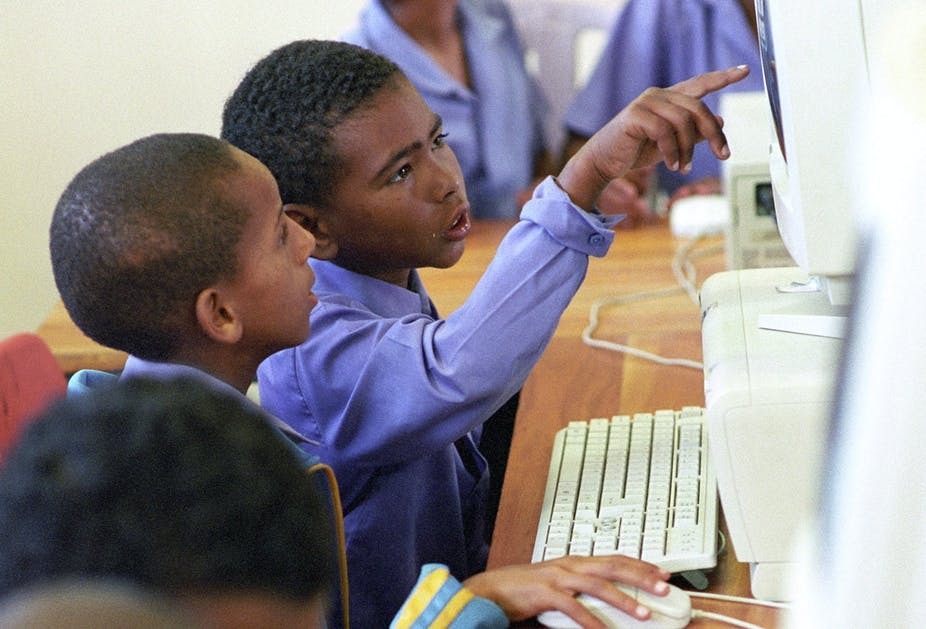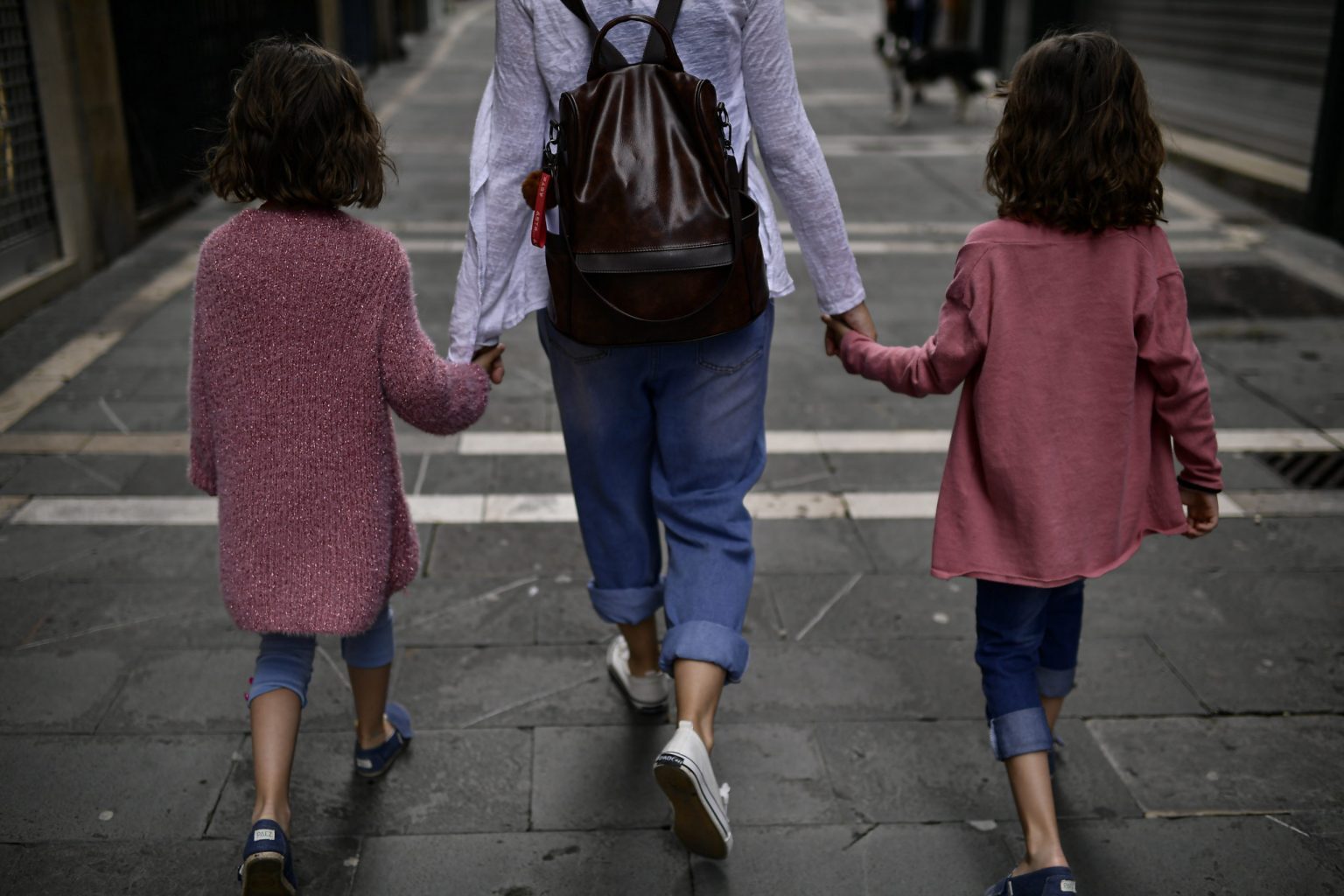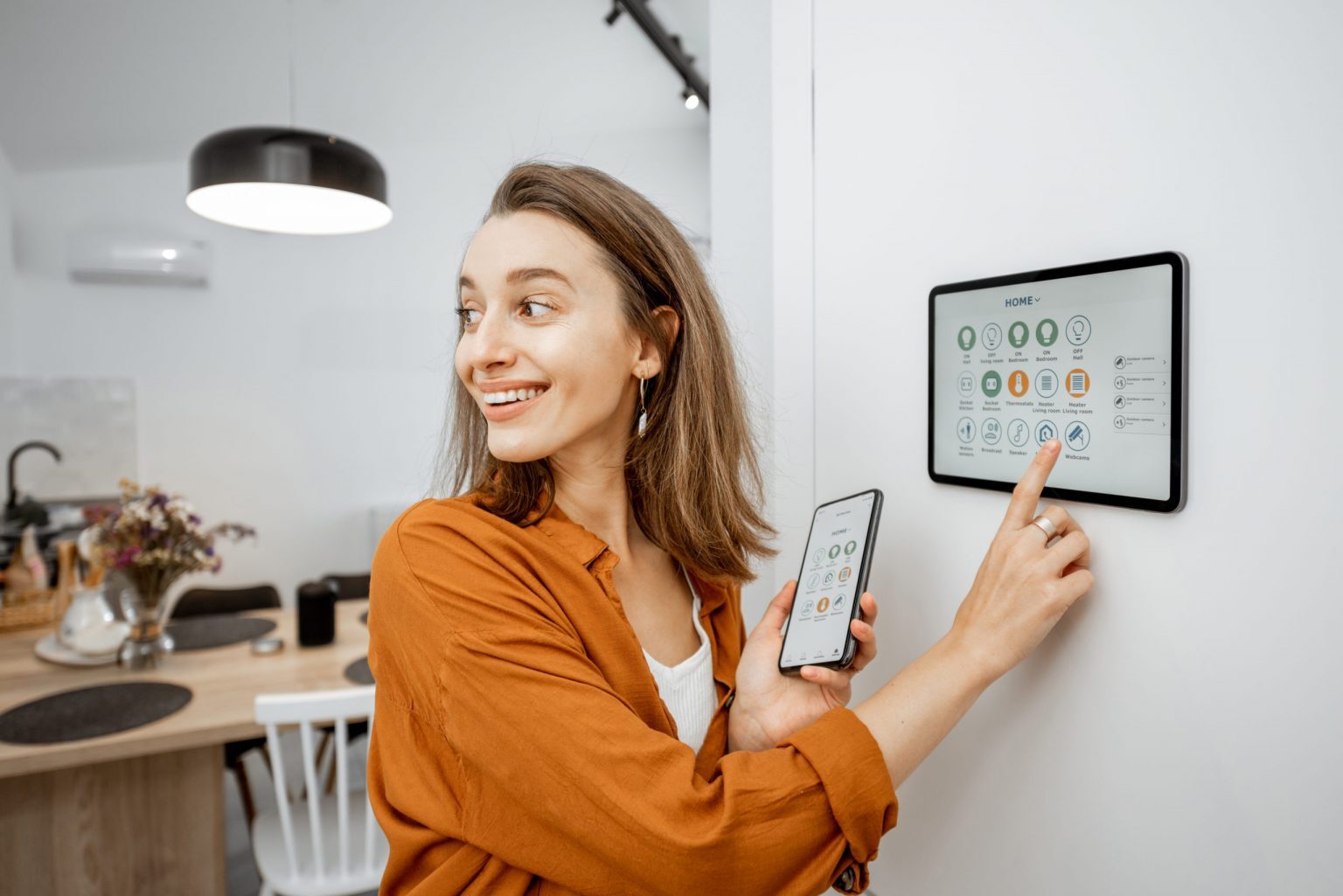Everyone is responsible for slowing the spread of the disease. Every action counts. This is also the case in the fight against misinformation, which intrudes on the overabundance of news, mixing facts, rumours and fake news. The World Health Organization (WHO) has described this phenomenon as an infodemic.
Author: The Conversation
Childhood is an important time to think about myopia because myopic children tend to become more nearsighted over time. The age of myopia onset is the most significant predictor of severe myopia later in life.
What you touch on the grocery shelves is less of a concern than who breathes on you and other surfaces you might come in contact with in a store. In fact, there is currently no evidence of the virus being transmitted by food or food packaging.
The COVID-19 crisis is likely to change building design. Its health effects have not only been physical but also psychological. Our early ancestors evolved mostly outside in constantly changing natural environments.
No matter how well designed, there are no running shoes that allow runners to keep up with cyclists. The bicycle was a key invention that doubled human-powered speed. But what if a new kind of shoe could allow people to run faster by mimicking cycling mechanics?
Many African countries now require people to wear a mask when out in public. This is part of the effort to stop COVID-19 from spreading. Cloth masks reduce the number of droplets that are spread into the environment when people breathe, cough or sneeze.
The declaration of the novel coronavirus as a pandemic was a call to arms for governments to take urgent and immediate action. However, many feel the response from some countries was too little, too late. Despite this, people took early action to protect themselves, their families and their communities. Some reacted by panic buying and stockpiling goods, revealing how fragile supply chains were (although Brexit previously raised this issue). Communities also mobilised themselves to reach out to vulnerable and isolated people and to help solve their problems, often using social network platforms such as Facebook and WhatsApp to create groups centred around a geographical location to…
South Africa’s education system is complex, with historical inequalities dating back to apartheid. Most of the country’s pupils come from disadvantaged backgrounds. Language is an issue; most pupils do not speak English as a mother tongue, yet English dominates in many classrooms. And, as the COVID-19 crisis has showed, there’s a huge digital divide at play. The ongoing effects of the virus have kept pupils and teachers at home. This has necessitated a move to e-learning. In theory, this could be an important step towards a fairer education system. Digital platforms enable equitable access for learners to digital books, simulated science labs and related innovative learning resources. Electronic and mobile…
The world is upside down right now due to coronavirus. Although there are early signs of tentative re-openings for trial-and-error life after quarantine, we cannot — and arguably should not — downplay the ongoing challenges and uncertainties for our children. Some have contended that talking to children about the COVID-19 outbreak is an opportunity to build resiliency. Psychologists commonly explain resilience as “how well a person can adapt to events in their lives … when faced with a tragedy, natural disaster, health concern, relationship, work or school problem.” If we want our children and youth to emerge from this world emergency as…
Internet connected devices need power. That either means connecting them to the grid, which limits what we can use them for, or using batteries. So as the Internet of Things grows and more and more internet-enabled devices and sensors are rolled out as is expected, it could produce billions of extra batteries that have to be recycled every year, or else will just be thrown away.










